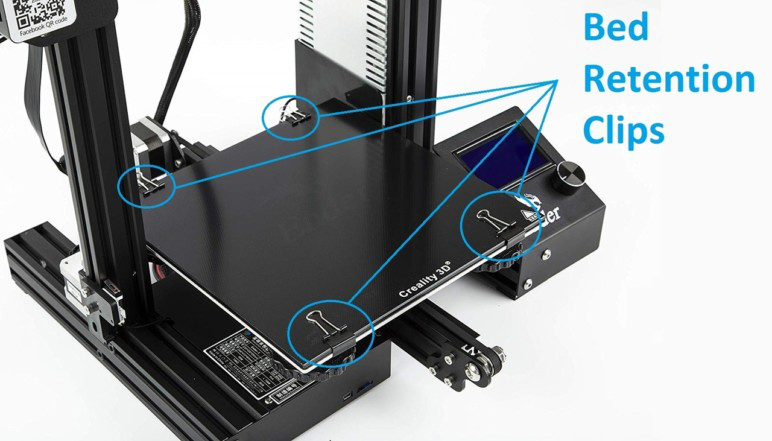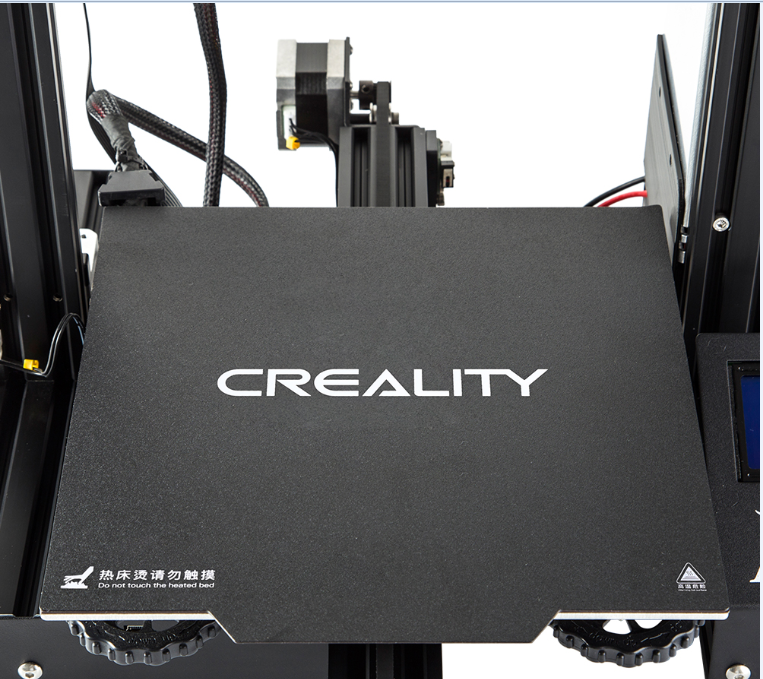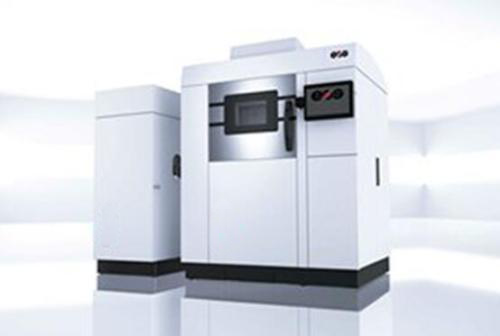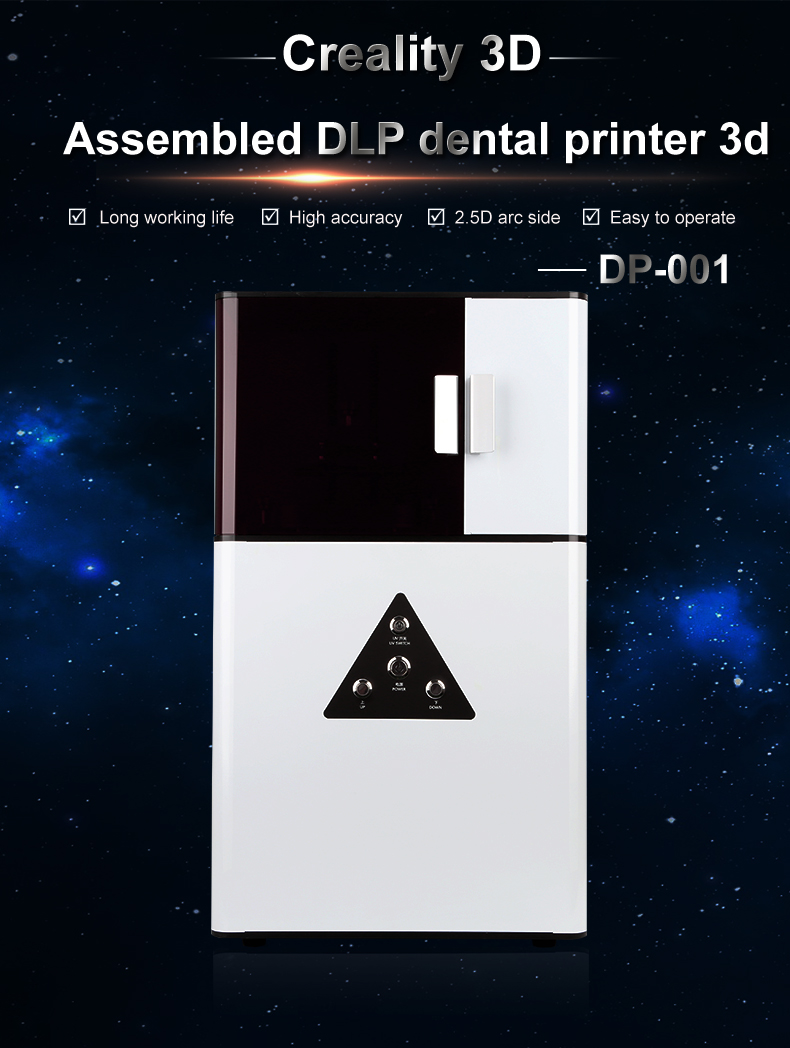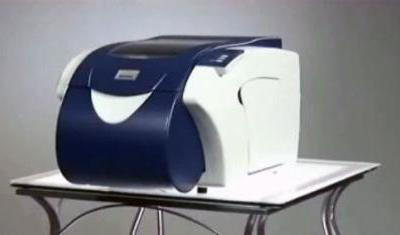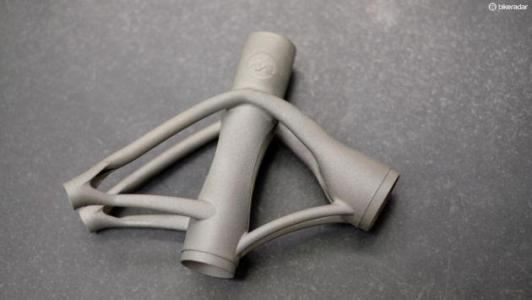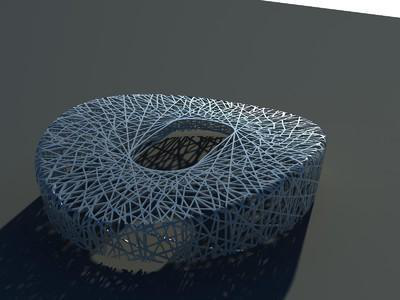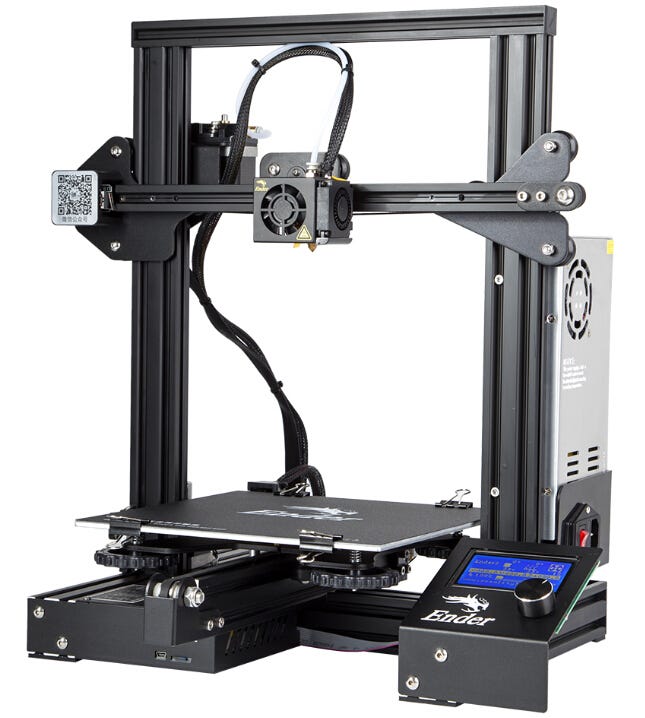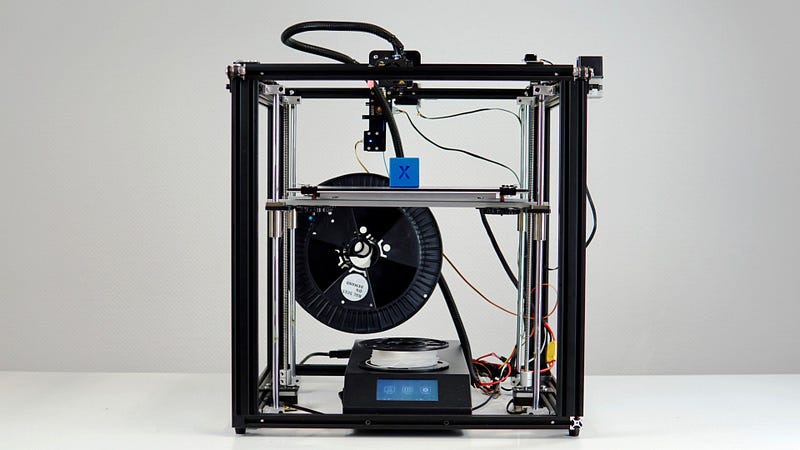
Here are what we experienced with the Ender 5 Plus:
It’s Much Bigger
Well, pretty obvious, isn’t it? While the build volume of its “little brother” Ender 5 (220 x 220 x 300 mm) is enough for most prints, it is always convenient to have extra space for bigger tasks. The Ender 5 Plus offers precisely that. Its glass bed boasts an area of 350 x 350 mm, while the Z-axis stretches to 400 mm. That’s bigger than the print volume on a Creality’s CR-10S, which sat at 300 x 300 x 400 mm.
The outside measurements are 632 x 666 x 619 mm, so be prepared to free up some space in your workshop. Thankfully, no components are stored outside of the printer itself; the filament spool and the power supply are located within the frame.
More Stability (and Noise) for the Z-Axis
The Ender 5 series uses a Gantry design, with the print head arranged at the top of the printer. While printing, the bed lowers itself through the Z-axis.
Each axis has a dedicated stepper motor. The Y-axis’ motor drives both belts at the same time. This results in an overall smoother movement and fewer layer shifts. The Z-axes are mounted in the middle of the bed with large 8-mm-rods stabilizing each side — in theory, quite a clever way of getting smooth motions while keeping the stability.
In our test model, we found that these guide rods weren’t lubricated, resulting in an unpleasant grinding and squeaking noise. After applying some lube, things got a little better, but the printer wasn’t exactly quiet.
One of the biggest drawbacks of tall fused filament fabrication (FFF) printers is Z-wobble, resulting in visible layer lines. This printing failure mostly occurs when the Z-axis rods aren’t perfectly straight or incorrectly mounted.
Creality tries to solve the problem by not only throwing in a second rod but six. Two of them connect directly to the stepper motors (one on each side), while the other four function as guide rails. This should mean you get more coherent layers, even in taller prints.
Bed Leveling Probe Woes
Auto-leveling is an alien concept on stock Ender printers. For the Ender 5 Plus, Creality threw in an Antclabs’ contact-triggered BLTouch proximity sensor ( check out our BLTouch ). It is supposed to assist you in the bed-leveling process: The probe physically measures the bed; the Marlin-firmware then is capable of compensating for uneven spots.
Yet, leveling the bed turned out to be quite problematic. As the probe is mounted seven centimeters left of the extruder, measuring just physically doesn’t work. The placement of the probe makes it impossible to measure the entire bed, so roughly two-thirds of the plate is being measured, while the rest can’t be accessed. A firmware upgrade promised to deliver a solution but didn’t address the problem.
That being said, Creality is known to iterate the machines very fast, so you might see the probe mounted to a different position soon.
And as an alternative, you still can level the bed by hand (which we did for this 10-hour review).
Additional Notes
- Filament sensor and power failure resume are commonplace now, making a welcome return in the Ender 5 Plus.
- The Ender 5 Plus features a V2.2 Creality mainboard, not the most modern available, but a capable board that has proven itself in the Ender 3 and Ender 3 Pro.
- The machine came pre-built and was up and running in an hour.
Originally published at https://all3dp.com on October 15, 2019.











